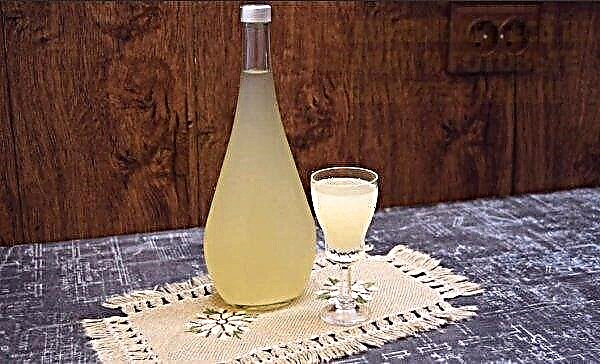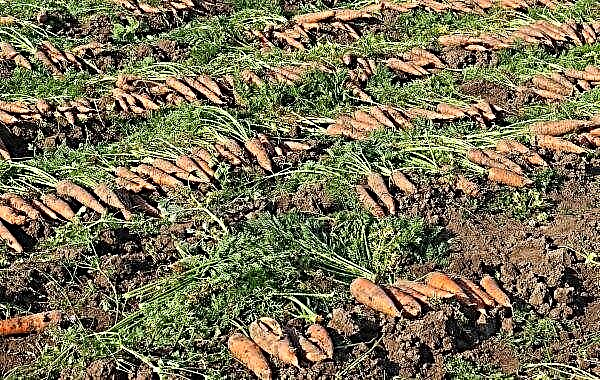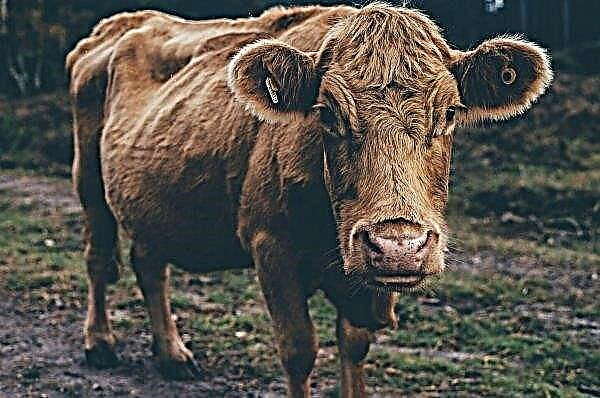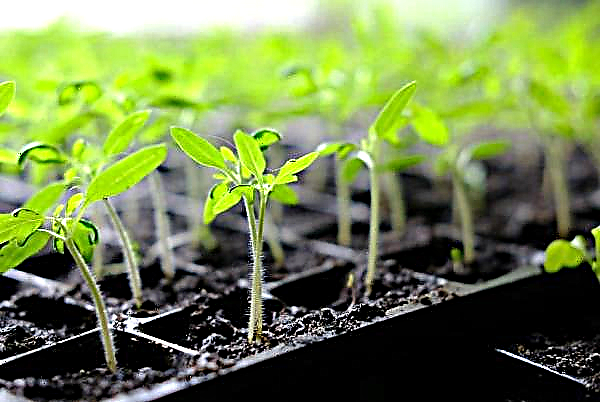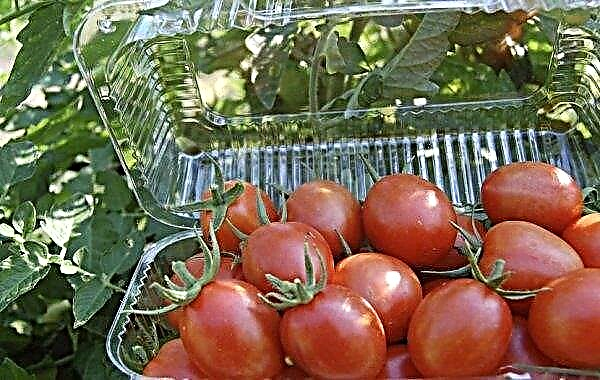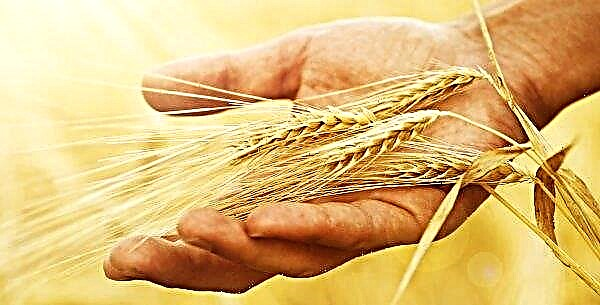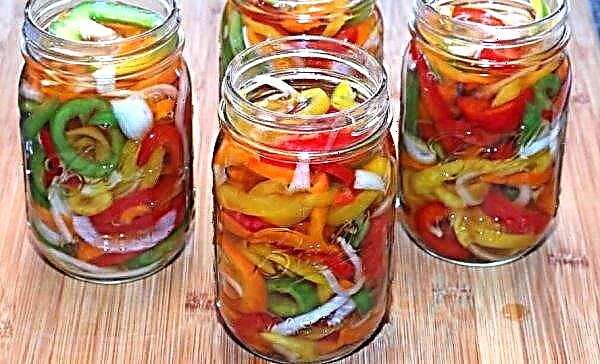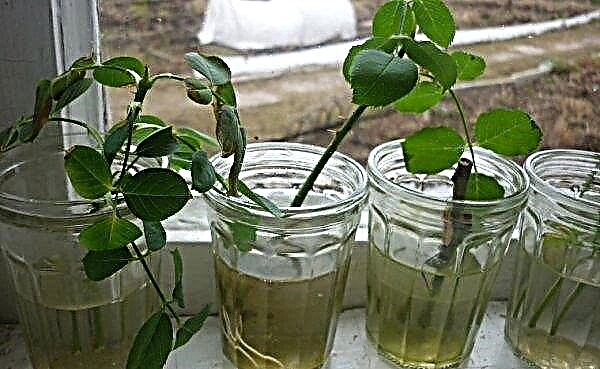Mushrooms are a traditional part of Russian culinary culture. Boletuses are highly appreciated by fans of "silent hunting" among other forest mushrooms. They belong to tubular noble species, as well as boletus, and are considered second in protein value after white boletus. In the article you will find different options for homemade pickling for the winter boletus.
Recipes for pickling boletus for the winter
Salting can be either an independent method of conservation, or used to stimulate lactic acid fermentation.
Important! If you are not sure whether the mushroom is edible or poisonous, at the slightest doubt it is better not to take it. By doing this, you will protect yourself and loved ones from possible unpleasant consequences and severe poisoning.
Ingredient Tips:
- use only young, dense, clean samples without damage and wormholes;
- clean the raw material from the earth, grass and other dirt with a knife and wipe it with a paper towel;
- you can not wash the mushrooms if the cleaning is satisfactory, but if necessary, rinse them quickly, without soaking, and immediately drop them into a colander. The fact is that mushrooms absorb a lot of water and at the same time lose their aroma;
- separate the hats from the legs and cut into equal sized parts for uniform cooking, while taking into account that they are boiled very much during cooking;
- when boiling, it is necessary to remove the foam that forms on the surface of the liquid, and after boiling, the fire can be reduced;
- the rate of water for cooking is 2.5 liters per kg of raw material;
- the readiness of boletus during cooking is easy to determine by the change in color and consistency - fresh, fragile, they become soft, settle on the bottom of the pan and acquire a uniform shade, and the broth from the muddy becomes light;
- the readiness of salted mushrooms depends on the time of heat treatment and the amount of salt - the higher the concentration, the faster the preparation will be ready for use (on average it is 2–4 weeks), the mushrooms will acquire flavoring shades of brine during this time;
- as oppression, you can use a can of water or a bag filled with clean pebbles;
- it is better not to mix different types of mushrooms in blanks and salt them separately from each other;
- the estimated use of salt (coarse-grained rock) is 40-50 g per 1 kg of raw boletus. Do not use iodized or Extra for salting.

Mustard increases the elasticity of cooked pickles and serves as an additional preservative along with salt. You can use powder or mustard in grains - this will not affect the taste of mushrooms.
Garlic is added in almost all ways of pickling boletus, but if you increase the rate of bookmarking this ingredient, you will get mushrooms of a sharper taste with an increased aroma of spices. Also salted garlic can be consumed as a separate snack. It enriches the workpiece with vitamins, helps increase appetite and better absorption of food.
Below are several ways to pickle boletus.
Classical

2060 minutes
citric acid
1/4 tsp
Nutritional value per 100 g:
- Boil the boletus in water with the addition of salt and citric acid for 20-30 minutes. from the moment of boiling over moderate heat. Stir occasionally so as not to burn.
- Add spices. Stir and boil for another 5 minutes.
- In the prepared and sterilized jars, lay the boletus and pour the hot marinade. Make sure the mushrooms are completely covered.
- Cover tightly with lids. At this stage, you have two options: you can simply transfer the can to the refrigerator for quick use or sterilize it in a boiling water bath (for 15 minutes for a can of 0.5 l), and then roll up the lid.
- The product is ready for use in 2-3 weeks.

Hot way

1030 minutes
fresh peeled mushrooms
1 kg
blackcurrant leaves
6 pcs
Nutritional value per 100 g:
- Boil the boletus in water with citric acid for 20 minutes. from the moment of boiling over moderate heat with ajar lid. Acid helps preserve the color of mushrooms and makes broth brighter.
- Throw it in a colander and wait for the excess fluid to drain.
- Place currant leaves on the bottom of the container to add flavor and elasticity to the product, then a layer of boletus (5-6 cm).
- Spice and salt evenly distributed on the proposed layers and lay on top of the mushrooms bay leaf and currant leaf, pepper, cloves, dill, sprinkle with salt.
- Repeat the process until the jar is full.
- Add water to the jar, and lay the currant leaves on top and establish oppression.
- Harvesting is ready in 15 days.

Important! When filling the jar, follow these rules - the weight of the added water (or brine) should be 20% of the weight of the mushrooms.
Cold way

2040 minutes
fresh peeled mushrooms
2 kg
Nutritional value per 100 g:
- Lay a layer of raw mushrooms (5–7 cm) in a jar with their hats down.
- Cover with salt.
- Continue the process until the jar is full.
- Cover with a cloth on top and cover with 2 cm salt. This will create a protective layer against mold and spoilage, will serve as additional preservation.
- Install oppression to accelerate the release of fluid and remove to the cold.
- Periodically check the workpiece so that the boletus is covered with liquid, because during the salting process they can sag. If necessary, add 10% brine (50 g of salt to 0.5 l of water) without violating the upper salt layer (just lift the tissue).
- Before use, mushrooms can be washed with water if the salt concentration seems to be too high. Preparedness in 4-6 weeks.

Under the yoke

2080 minutes
fresh peeled mushrooms
10 kg
Nutritional value per 100 g:
- The bottom of the barrel is sprinkled with salt, covered with greens and currant branches, dried ripened dill stems, cherry leaves.
- Mushrooms are placed in the barrel with their hats down, at least 6 cm thick.
- Coarse-grained salt (40 g per 1 kg of boletus) is distributed on the surface of each layer together with garlic cloves cut into plates and whole allspice.
- The barrel is filled, leaving 8-10 cm to the top, and additionally leaves and dill are laid.
- All this is then covered with a double or triple layer of fabric, and a wooden cover with oppression is applied on top.
- After a few days, the level of mushrooms will settle and you can add another layer of fresh mushrooms.
- After the second bookmark, the barrel is left for 5-6 days, checking if there is enough brine released. If it is too small, it is necessary to increase the weight of the yoke to increase pressure.
- The barrel is placed in a cellar or other cool dark place. Mushrooms are ready for use in 1–1.5 months.

Important! Mold must be periodically removed from the lid, fabric and brine surface. But if a layer of mustard powder is poured on top of the fabric, then this problem can be avoided.
In oil

2040 minutes
sunflower oil
200 ml
Nutritional value per 100 g:
- Boil the boletus in water for half an hour.
- Sterilize the jars.
- Mushrooms should be laid down with hats, sprinkled with salt and seasonings.
- Fill the jars to the very neck and fill with sunflower oil so that it completely covers the mushrooms.
- Warm up in a water bath for 15 minutes. (for cans of 0.5 l). Close the lids.

Did you know? Salty, sweet, bitter, sour - these are the four main tastes. But actually there is a fifth - by the umami (delicious). Mushrooms are the only food that has this fifth, almost unique taste and aroma.
With mustard

3060 minutes
mustard seeds or powder
1 tbsp. l
Nutritional value per 100 g:
- In this method of preparing boletus, a mixed method of cold-hot salting is supposed.
- First, raw boletus is salted in a cold way. They are laid out in layers of 5 cm, sprinkling evenly with salt and seasonings (except citric acid).
- The raw materials are crushed by oppression and sent for 2 weeks to a cool, dry place to isolate the liquid.
- The brine released is drained, the boletus is washed and thrown into a colander.
- A new brine is prepared - for 1 liter of water, 1.5 tbsp. l salt, 12 g of citric acid. It is boiled, mushrooms are immersed and the mixture is boiled for 5 minutes.
- Hot boletus is laid out in warm, sterilized jars, adding brine 2 cm to the top of the neck. Warm the jar in 0.5 l for 15 minutes. in a water bath and corked with a lid.

Did you know? Mushrooms are able to create an air stream around them, causing moisture to evaporate faster, which ensures air movement and the propagation of mature fungal spores over longer distances in the environment.
With garlic

1030 minutes
fresh peeled mushrooms
1 kg
Nutritional value per 100 g:
- Boil the boletus for half an hour.
- Fold in a colander to remove excess fluid.
- Boiled mushrooms fill in clean jars, evenly distributing all the seasonings given in the recipe for this cooking method. Stack whole garlic cloves.
- Close the jars with plastic lids and put them in a dark and cool cellar for 3 weeks for salting.

Features of storage of blanks
Closed mushroom pickles can be stored even in the home pantry for at least 1 year, but after opening it is necessary to transfer the cans to the refrigerator and try to use it for several days.
Store cans with cold salting or containers under pressure away from light in a cool, dry place.whose temperature should not be more than + 2 ... + 7 ° C. Shelf life depends on the concentration of salt, but should not exceed 6 months.
Did you know? The world's largest living organism is a honey honey fly found in Oregon (USA). His mycelium is at a depth of 1 m underground and stretches for 3.8 km.
Regardless of the method of preparation, wait a while to give the mushrooms a taste of the added spices, and observe the proportions of the ingredients and the procedure for cooking.
Salted boletus are among the ingredients of salads and vegetable soups. Looks great on a festive and fasting table, they can be eaten with fried or boiled potatoes and used to make mushroom pastes and snacks. Try to pickle the boletus in season, prepare such a delicious product and surprise the guests at the solemn feast.

